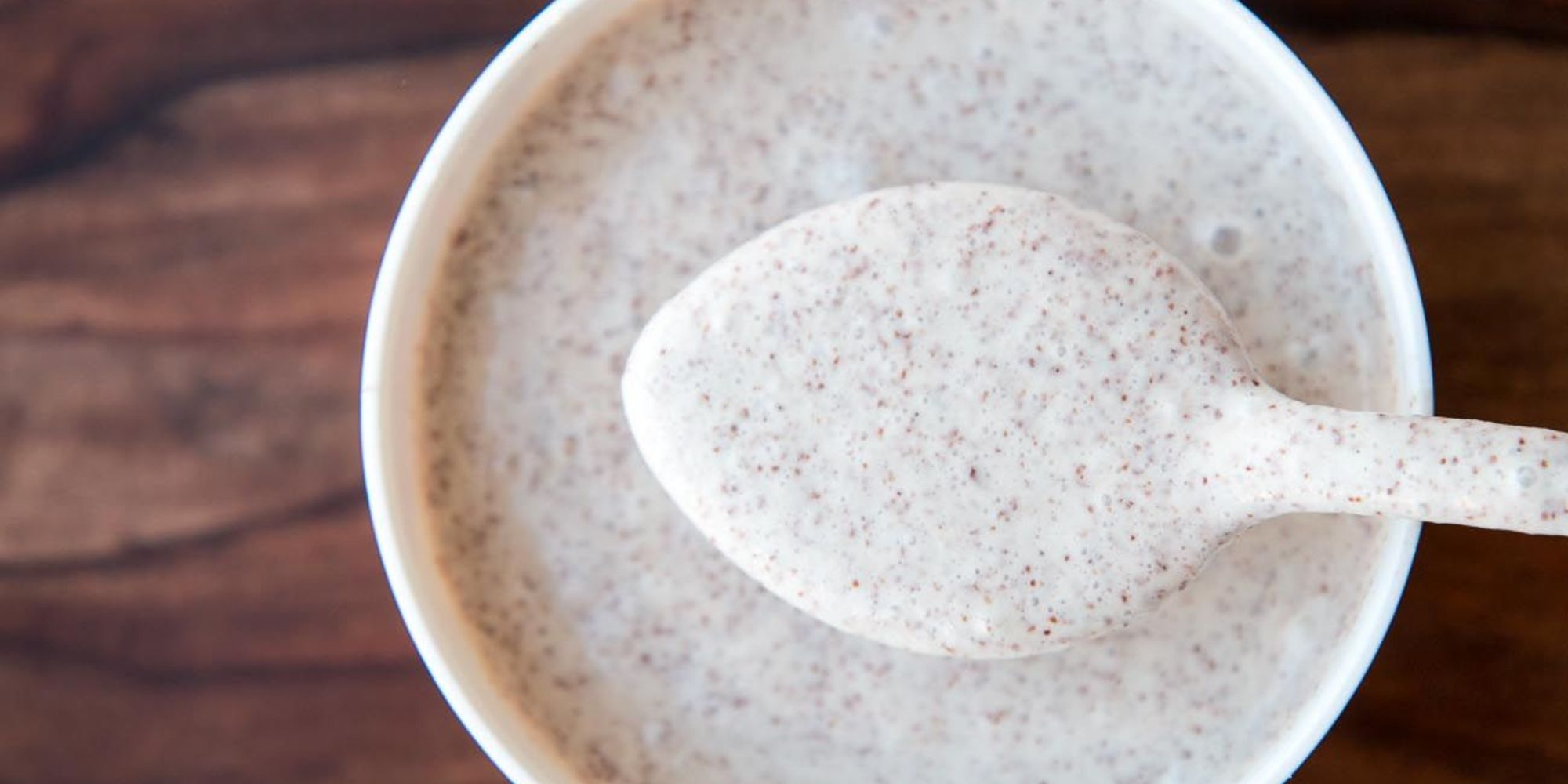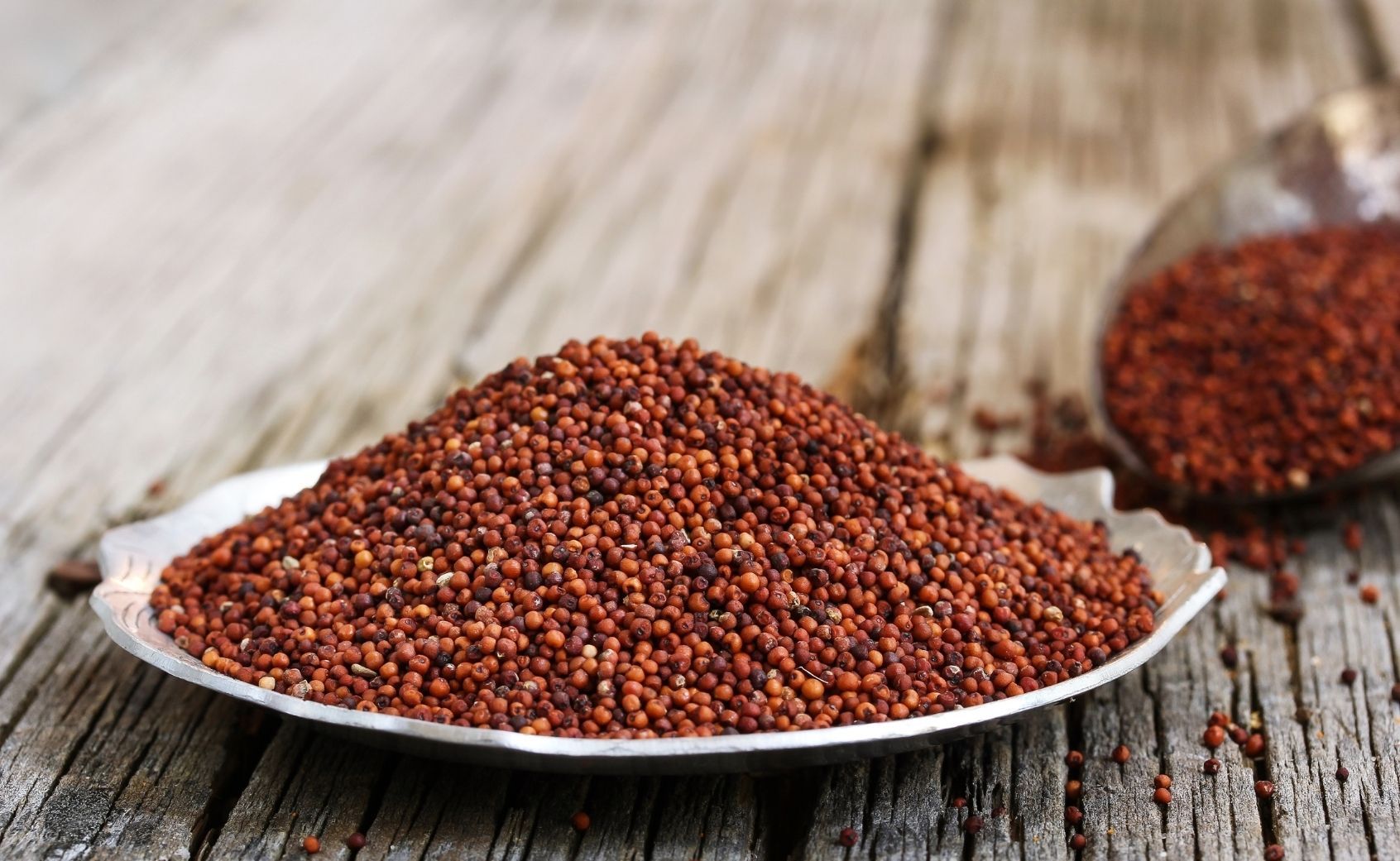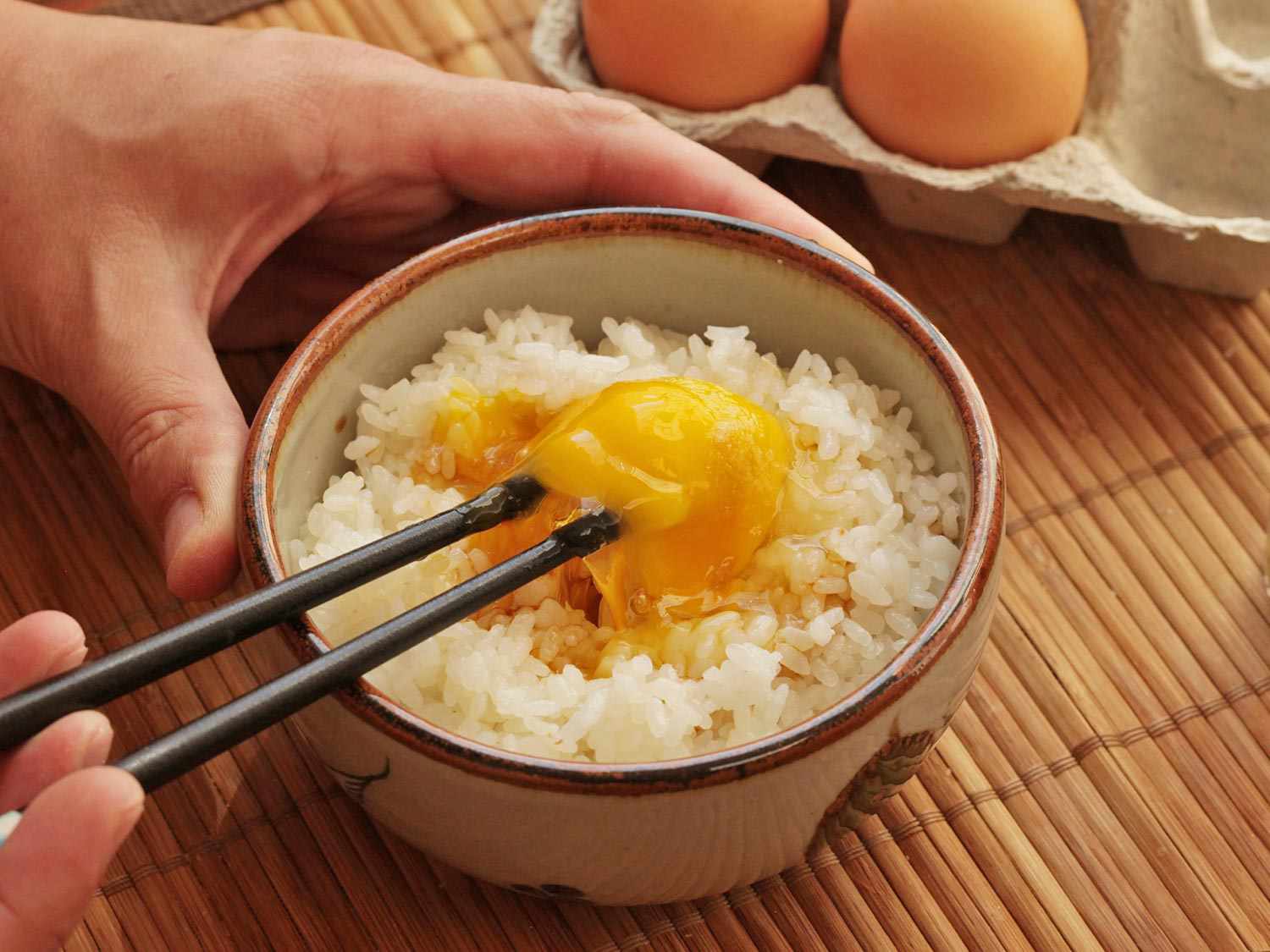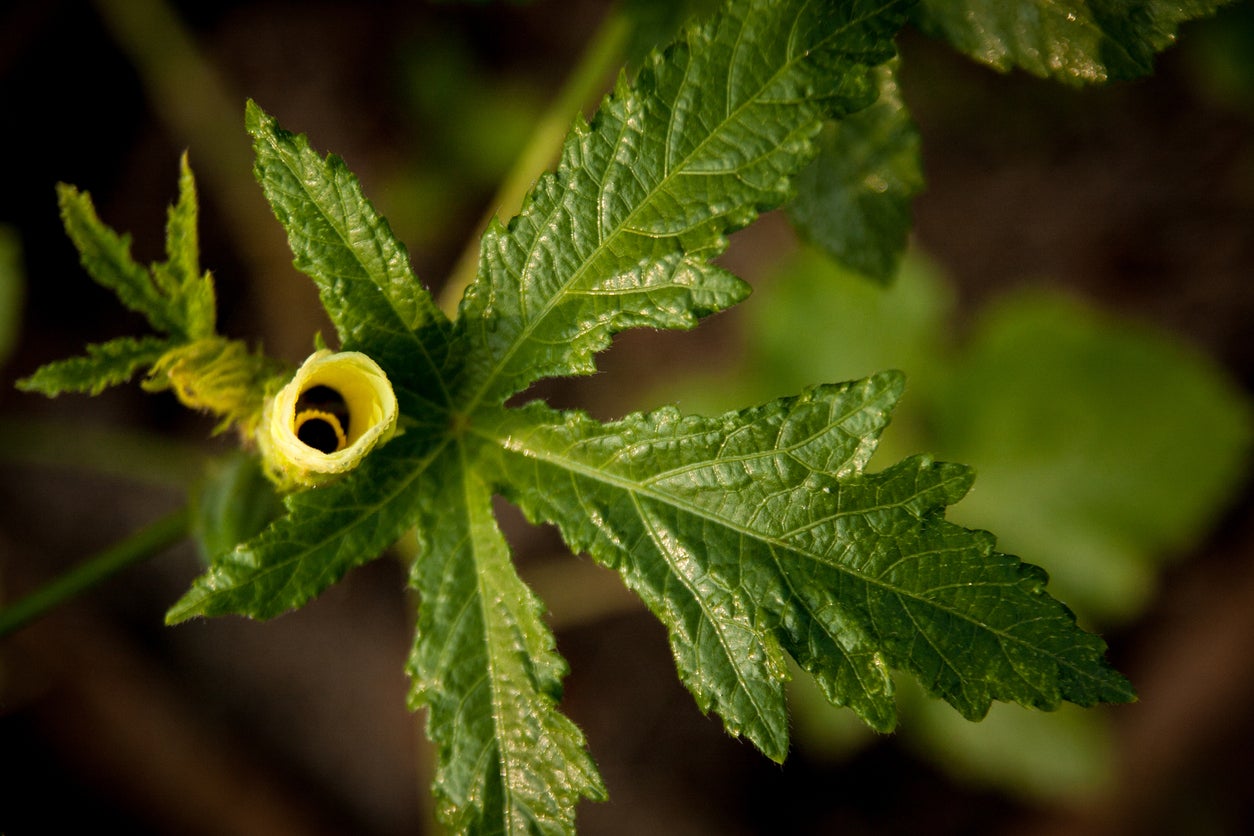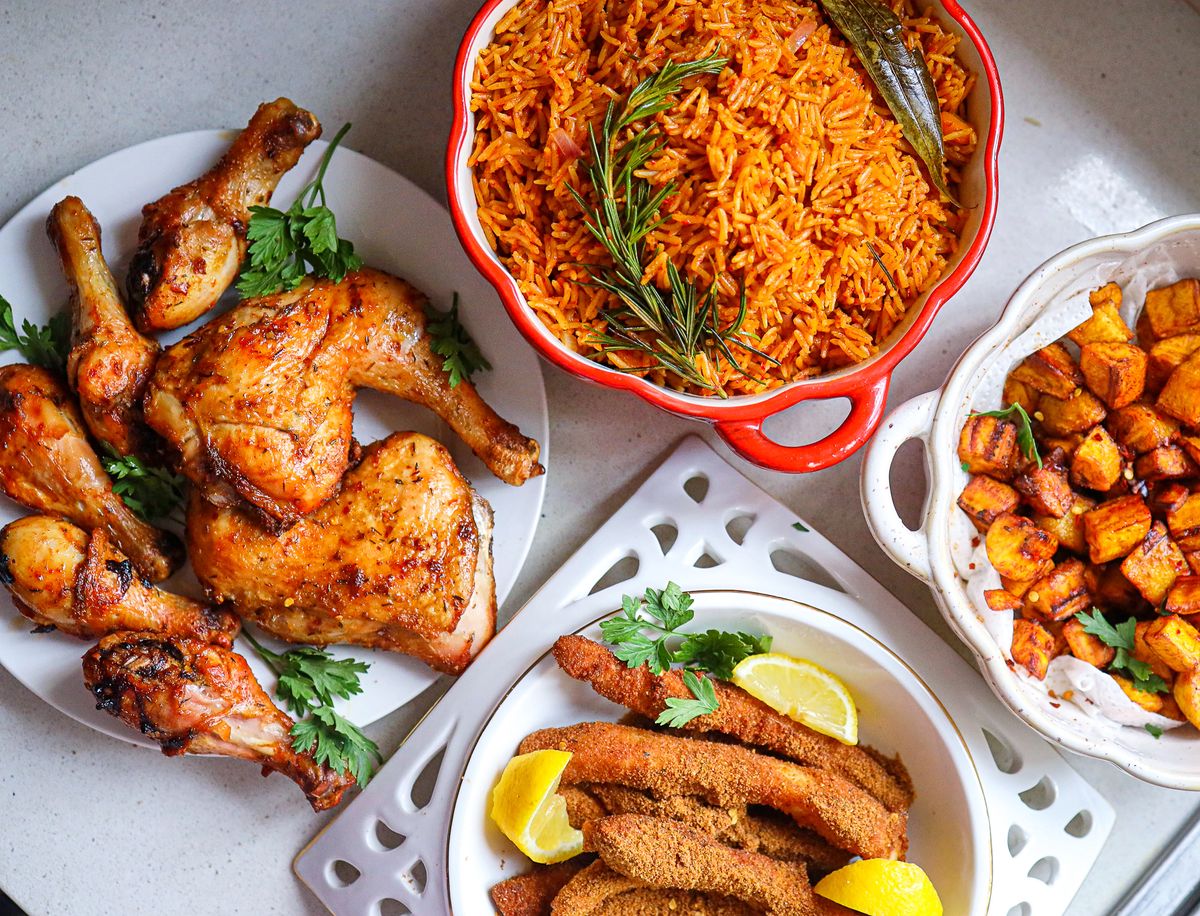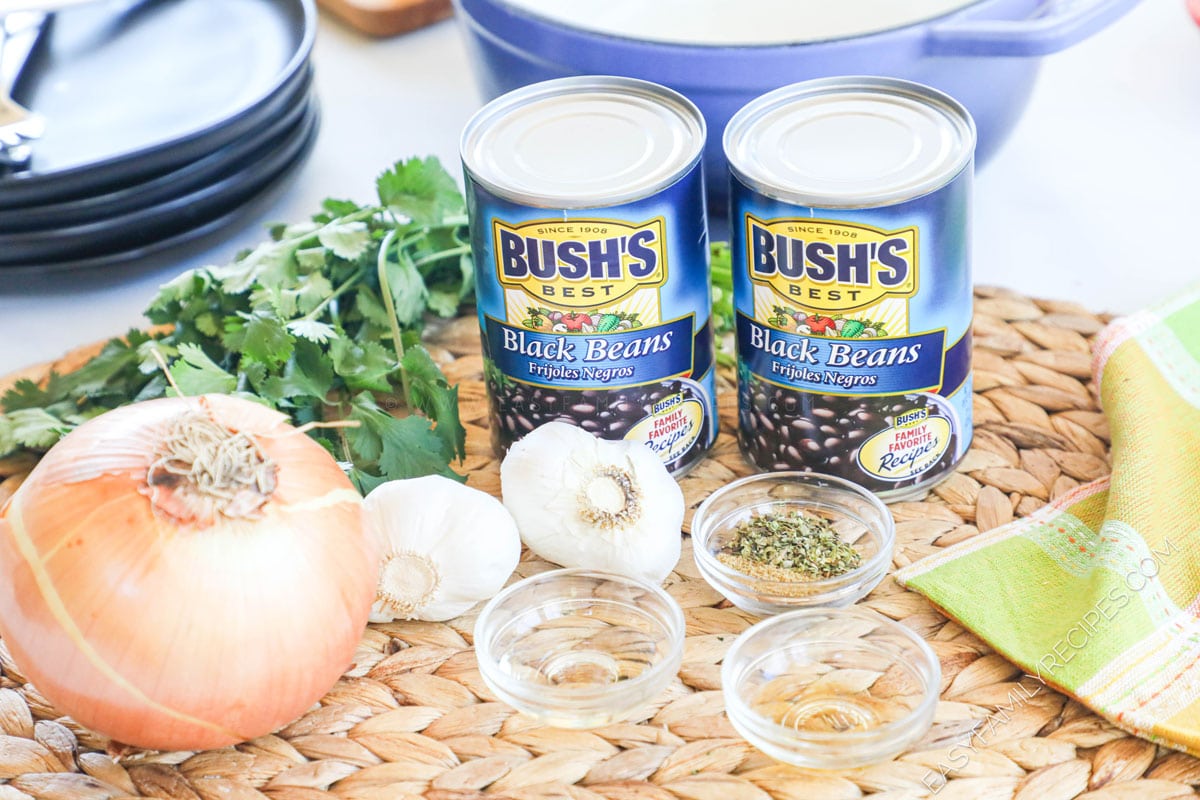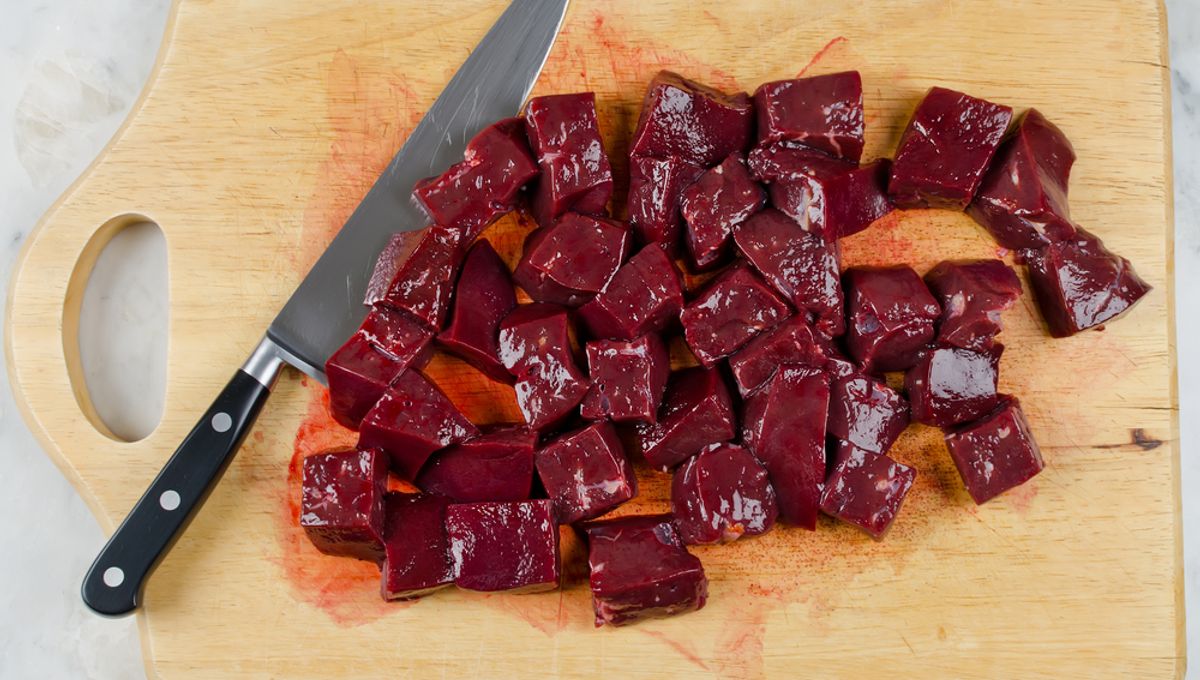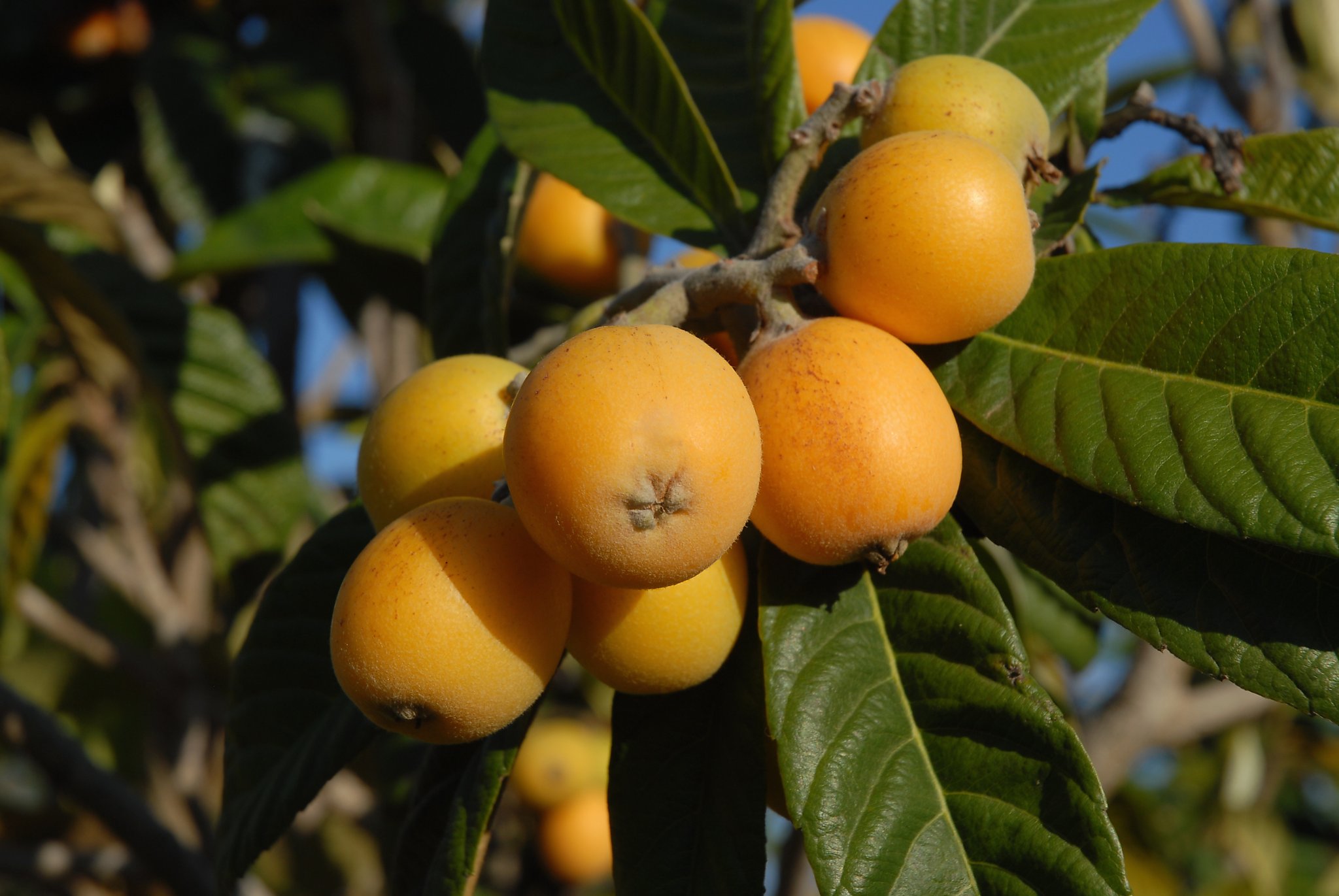How to Enjoy Ragi Mudde: A Delicious and Nutritious Dish
Are you looking to add a healthy and delicious dish to your diet? Look no further than ragi mudde, a traditional South Indian dish that is not only tasty but also packed with nutrients. Ragi mudde is a wholesome meal made from finger millet flour and water, and it is a popular choice for those seeking a nutritious and filling meal.
What is Ragi Mudde?
Ragi mudde is a staple food in the state of Karnataka, India. It is made by cooking finger millet flour in water to form a thick, dough-like consistency. This dish is known for its high nutritional content, including calcium, iron, and fiber. Ragi mudde is often served with a variety of side dishes, such as sambar, curry, or chutney.
How to Eat Ragi Mudde
Now that you know what ragi mudde is, let’s explore the best ways to enjoy this nutritious dish:
- Pair it with a flavorful curry: Ragi mudde pairs well with a variety of curries, such as lentil curry or vegetable curry. The combination of the soft, doughy texture of the mudde with the rich and aromatic flavors of the curry creates a truly satisfying meal.
- Dip it in sambar: Another popular way to enjoy ragi mudde is by dipping it in sambar, a flavorful lentil-based stew. The combination of the hearty mudde and the spicy, tangy sambar is a match made in culinary heaven.
- Accompany it with chutney: Ragi mudde can also be enjoyed with a side of coconut chutney or tomato chutney. The creamy texture of the chutney complements the earthy flavor of the mudde, creating a delightful contrast of flavors.
Health Benefits of Ragi Mudde
Aside from its delicious taste, ragi mudde offers a wide range of health benefits:
- Rich in nutrients: Ragi mudde is a good source of calcium, iron, and fiber, making it an excellent choice for maintaining strong bones and a healthy digestive system.
- Gluten-free: For individuals with gluten sensitivities or celiac disease, ragi mudde is a great alternative to wheat-based dishes, as it is naturally gluten-free.
- Low glycemic index: Ragi mudde has a low glycemic index, which means it can help regulate blood sugar levels and provide sustained energy throughout the day.
Conclusion
Whether you’re looking to add more nutritious foods to your diet or simply want to explore the flavors of South Indian cuisine, ragi mudde is a dish worth trying. Its versatility and health benefits make it a standout choice for anyone seeking a wholesome and satisfying meal. So, why not give ragi mudde a try and experience the delicious and nutritious flavors for yourself?
More Delicious Ragi Recipes to Try
For those eager to master the art of making and enjoying Ragi Mudde, a plethora of delectable pairings awaits. From the robust flavors of Try Ragi Mudde with Mutton Curry to the lighter, yet equally satisfying Enjoy Ragi Mudde with Coconut Chutney, there's a combination to suit every palate. The Explore Ragi Mudde with Sambar is particularly recommended for beginners, offering a forgiving and flavorful introduction to this traditional dish. Adventurous cooks might also explore the Discover Ragi Mudde with Mushroom Curry, which pairs the earthy tones of mushrooms with the rustic texture of Ragi Mudde. Each recipe provides a unique way to enjoy this nutritious staple, making every meal an exciting culinary journey.

